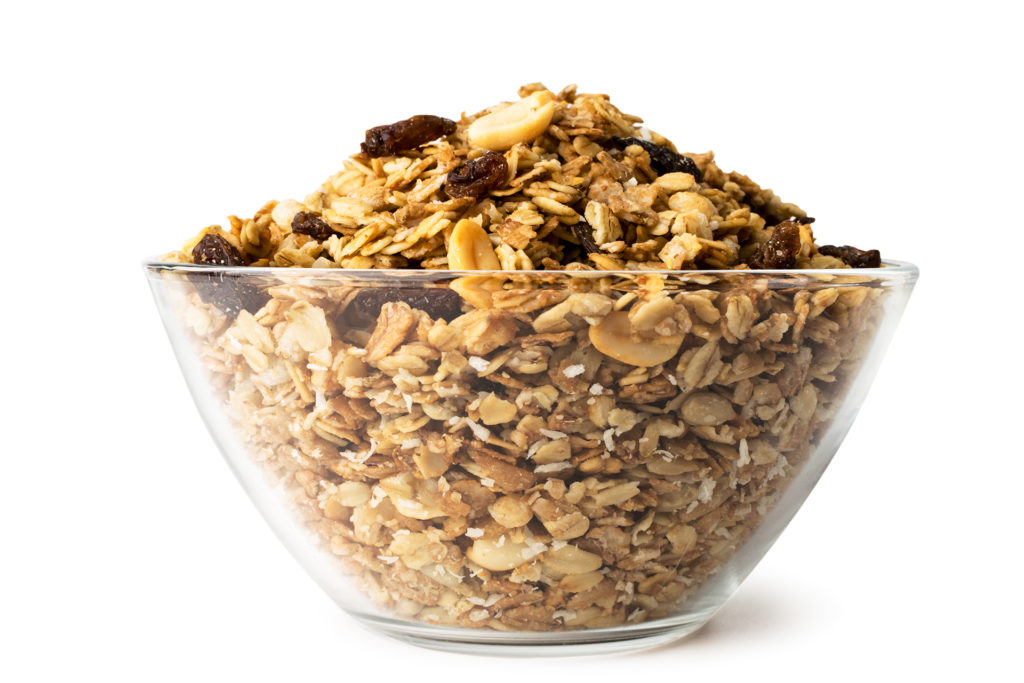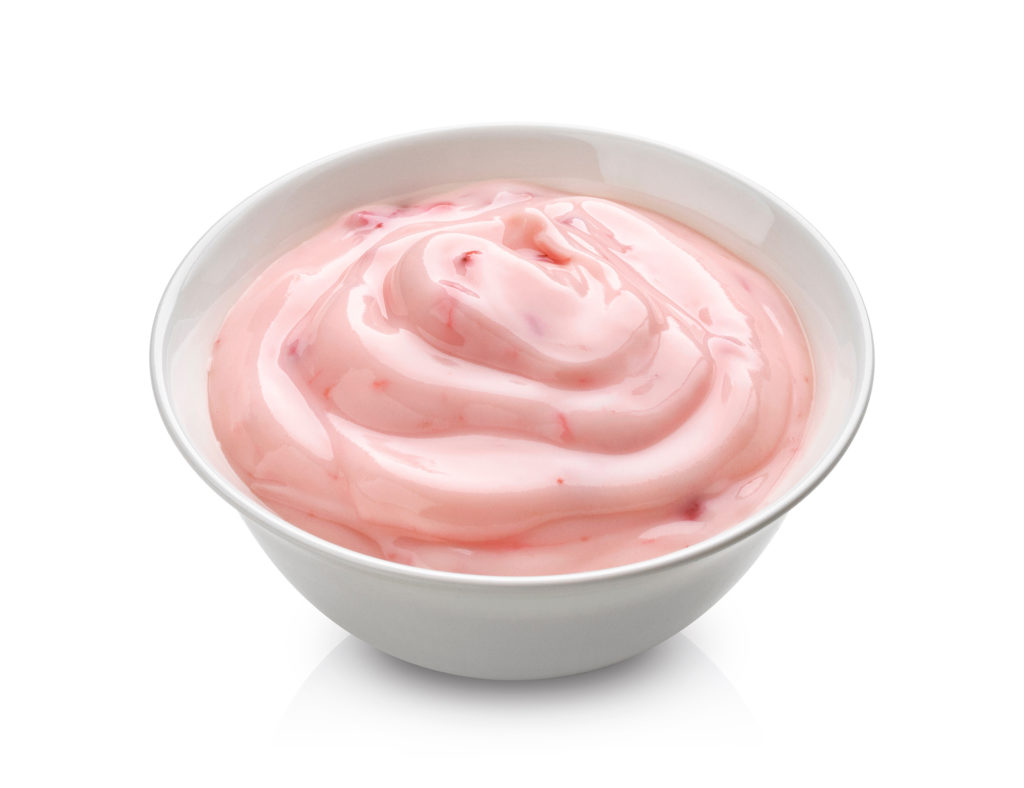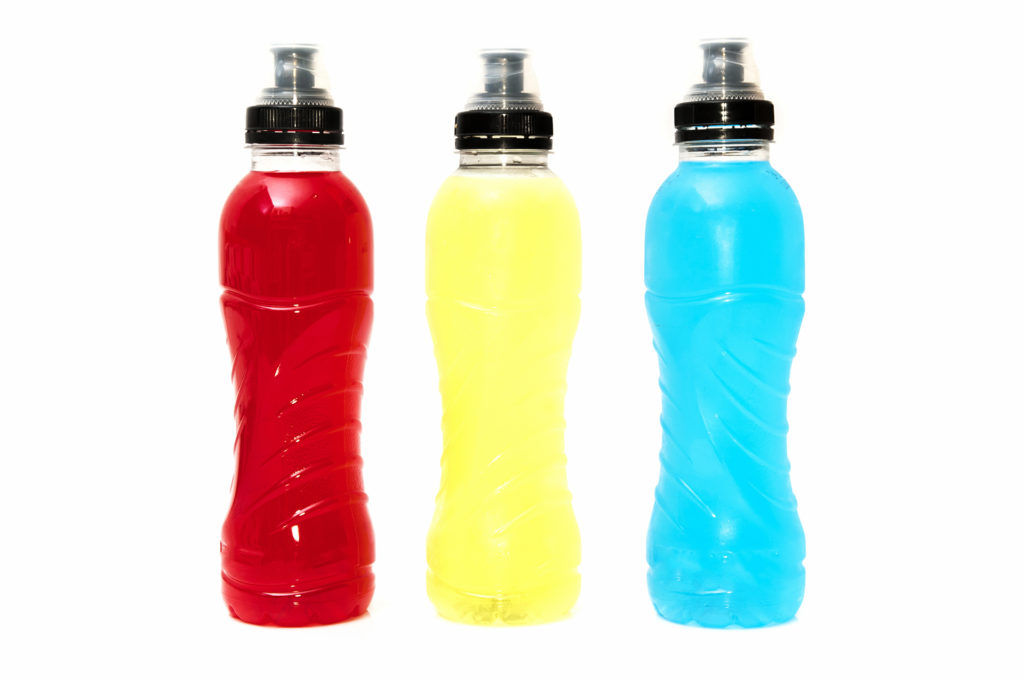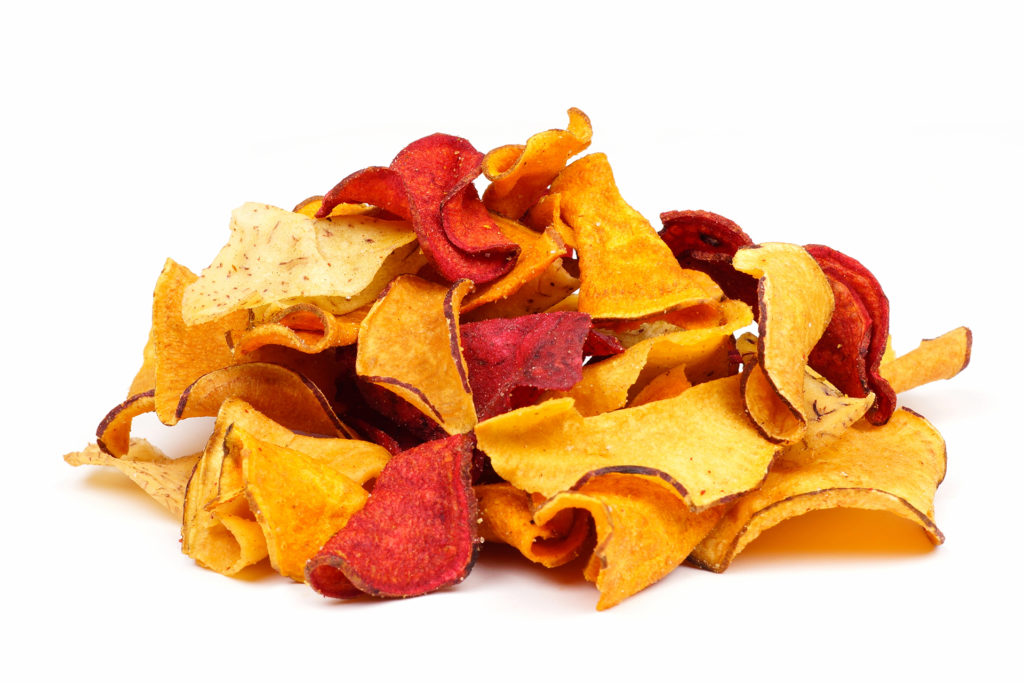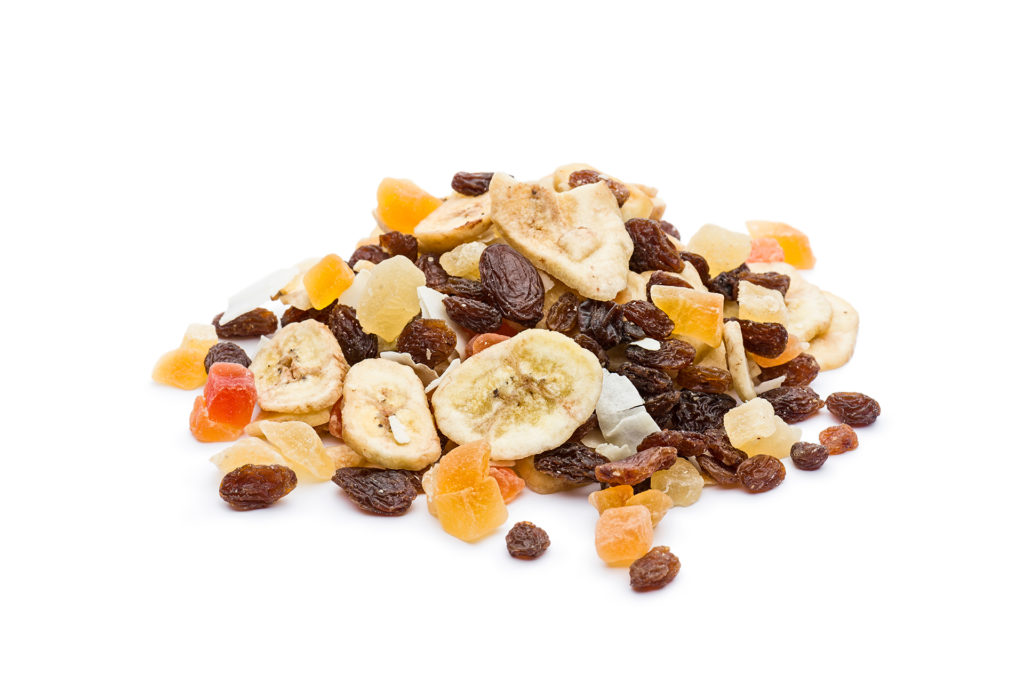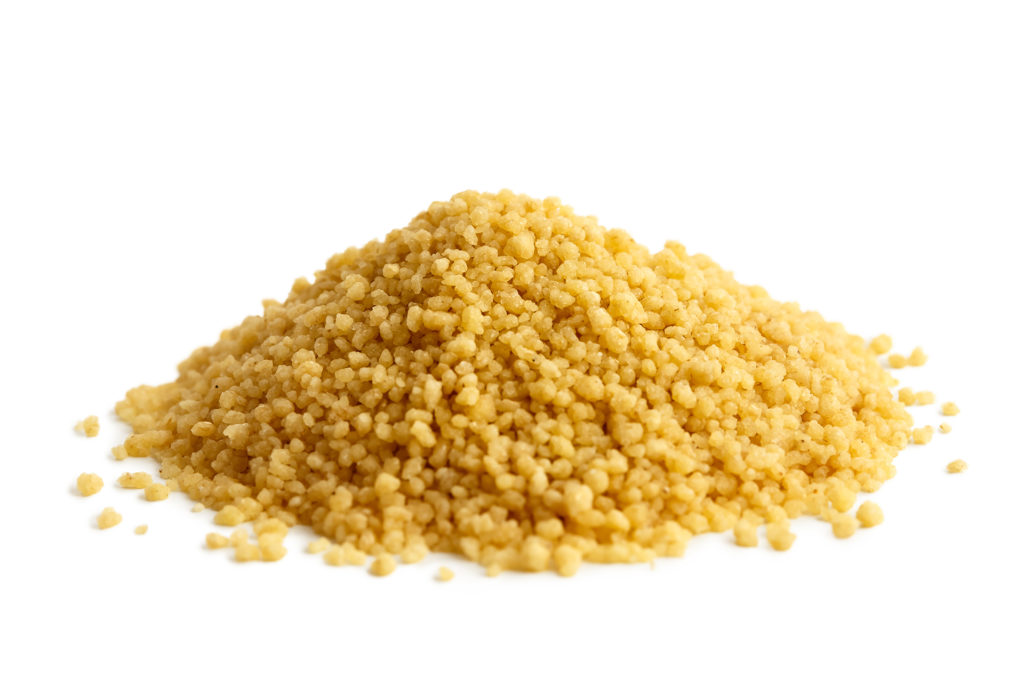6 ‘Healthy’ Foods That Aren’t As Healthy As You Think
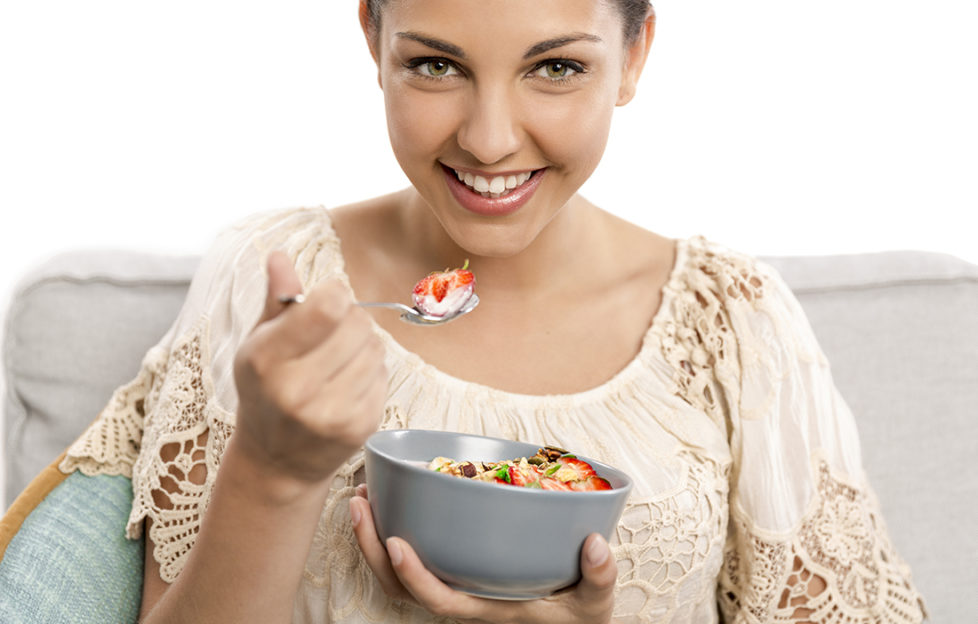
What if you found out that your favourite healthy snack wasn’t actually healthy? Many of these ‘guilt-free’ alternatives are essentially junk foods in disguise — loaded with sugar, artificial colours, sodium, trans fats and other additives that diminish their nutritional value.
Nutritionist, Donia Hilal from Personalised.co outlines the top 6 foods that aren’t as healthy as you think.
Granola
Packed with oats, nuts, seeds high in omega-3s and healthy sweet treats such as dark chocolate, granola is commonly thought of as a nutritious breakfast. However, the reality is that a lot of granola brands are packed with excess sugar and very little fibre, which can harm your health. Just one portion size of granola can easily top 600 calories, which is a third of the average woman’s daily allowance. Instead, try making your granola at home by baking hearty, whole grain oats, pecans, coconut or olive oil, cinnamon and a little natural sweetener such as honey, together for 20 minutes. When you make your own granola at home, you are easily able to control the amount of sugar and fat that goes into it.
Flavoured Yoghurt
Unsweetened or Greek yoghurts are great for your diet, as they are low in sugar and high in protein. But what about flavoured yoghurt? Unfortunately, flavoured yoghurt options can contain more sugar than a piece of cake. Yoghurt is not supposed to be sweet. When its natural, it should have a tasty sour tang, as it is the result of bacterial fermentation of milk. Over the years, to appeal to a mass audience, more sweeteners and additives have been added to cover up the tart taste. Nowadays, flavoured yoghurts can be considered a dairy dessert instead of a healthy, breakfast option. It’s important to check the label to see how much sugar has been added and what sweeteners were used.
Sports Drinks
Sports drinks were designed with athletes in mind. They contain carbohydrates, which are a quick source of energy when your body is feeling drained and electrolytes (salts) to replace those that have been lost through sweating. Whilst they are marketed as sport drinks, athletes aren’t the only ones drinking them and most people don’t need the additional salt, sugars or carbohydrates. If you are not physically active enough, the extra sodium can increase the risk of high blood pressure and contribute to weight gain. To replenish your body after exercise, we recommend drinking water and using a customised protein powder.
Vegetable Crisps
Crisps made from vegetables, healthy right? Wrong! Veggie chips aren’t much healthier than potato chips as they have a high sodium and saturated fat content. For example, a bag of Tyrrell’s beetroot, parsnip & carrot crisps with a pinch of sea salt contain 35.7g of fat per 100g, which is 14.28g in a 40g bag. A Krispy Kreme Original Glazed doughnut contains 8.3g of fat, which is almost 6g less. In the same way you treat regular potato crisps, eat vegetable crisps in moderation. Alternatively, you can bake your favourite vegetables at home in crisp shapes to enjoy without guilt.
Dried fruit
As a popular snack, dried fruit is great for boosting your intake of fibre, antioxidants and other nutrients. It is easy to eat large amounts at a time, but excessive intake means you will be consuming large amounts of calories and sugar which can contribute to obesity, heart disease, type 2 diabetes and high blood pressure. Some dried fruit is even coated with sugar or syrup before it is dried to make it more appealing. Therefore, it is so important to read the ingredients and nutritional information found on the package and stick to the recommended portion size of 30g
Couscous
Couscous isn’t bad for you, but it’s probably not as good for you as you think. Although couscous looks like a grain, its technically a tiny pasta made from either barley or wheat. If you routinely opt for couscous over true grains, you’re missing out on antioxidants, calcium, potassium, vitamin B6 and other vital minerals needed for your diet. Switch to a healthier whole grain such as quinoa or opt for whole-wheat couscous instead.


